Speed has always been intoxicating, but not every fast car is built to keep you safe. Some machines are so raw, so untamed, and so obsessed with power that they blur the line between thrilling and terrifying. They reward skill but punish arrogance, and in the wrong hands, they can turn lethal. From overpowered muscle cars to British beasts with zero driver aids, these are ten of the deadliest cars ever to hit the road — the kind that remind you just how thin the line is between control and chaos.
Dodge Challenger Hellcat

The Dodge Challenger Hellcat is the very definition of American excess. Its supercharged 6.2-liter V8 produces more than 700 horsepower and a soundtrack that could rattle windows from a block away. On paper, it’s a dream car. In practice, it’s a monster waiting to be tamed. The rear-wheel-drive layout and sheer weight of the car make it a challenge to control, especially under hard acceleration. Drivers often underestimate how violently it delivers power, and even a slight overcorrection can send it sideways.
Despite traction control and modern safety systems, the Hellcat’s brute force often overwhelms both its tires and its driver. It’s a car that demands maturity and finesse. Inexperienced drivers see its straight-line speed as an invitation, not a warning, and that’s where trouble begins.
Ford Mustang GT

Few cars have a reputation as infamous as the Mustang GT. Every car enthusiast has seen the viral videos — a Mustang leaving a meet, a loud throttle blip, and a sudden spin into the nearest curb. The reason is simple: an abundance of torque and a rear end that loves to slide. The Mustang’s combination of accessible pricing and big power makes it a magnet for inexperienced drivers who underestimate how quickly things can go wrong.
Modern models are vastly improved, but the car’s personality hasn’t changed. It’s still tail-happy, still fast, and still more than capable of surprising its driver. In the right hands, it’s one of the most fun muscle cars around. In the wrong ones, it’s a recipe for chaos.
Chevrolet Corvette C6 Z06
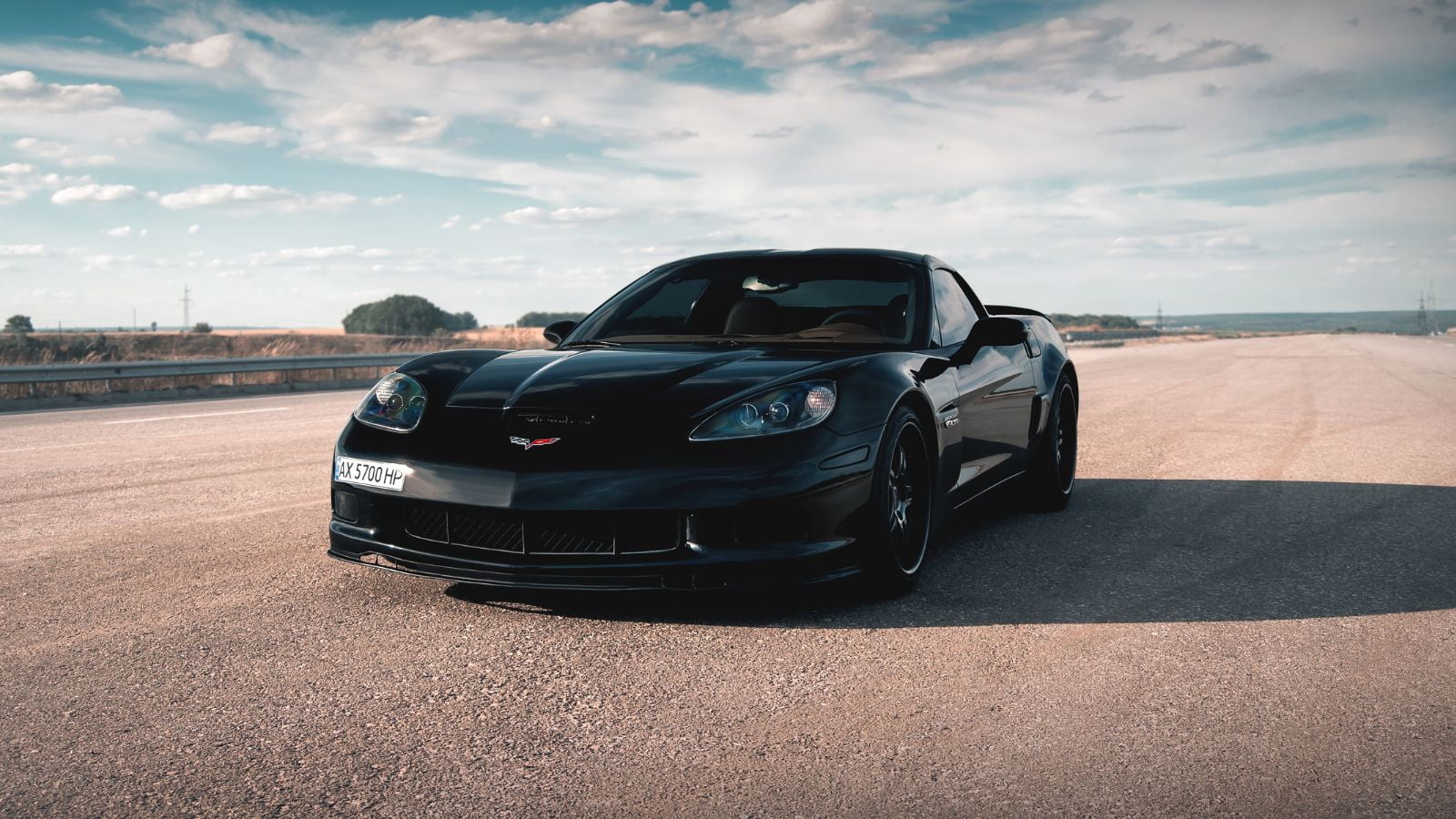
The C6 Corvette Z06 was a giant-killer when it launched. With a naturally aspirated 7.0-liter LS7 V8 producing 505 horsepower and weighing less than 3,200 pounds, it could outpace European exotics costing twice as much. But with great power came great risk. The Z06 had minimal driver aids, a razor-thin margin for error, and a chassis that could snap without warning under aggressive inputs.
It was a car that rewarded precision and punished hesitation. Experienced drivers adored its purity and responsiveness, but it demanded complete focus at all times. Push it too hard on the street, and its balance could turn from perfect to perilous in seconds. Even today, it’s one of the most thrilling and dangerous American sports cars you can buy.
Dodge Viper

The Dodge Viper has always been America’s most unapologetic supercar. From its debut in 1992 to its final production in 2017, it remained brutally old-school. The first-generation model came with an 8.0-liter V10, no traction control, no anti-lock brakes, and no forgiveness. It was a car that required skill and courage — or sheer madness.
Every generation of the Viper continued the tradition of danger. The wide rear tires and monstrous torque made it difficult to drive on anything but perfect pavement. Even professional drivers admitted it could turn from thrilling to terrifying in an instant. For enthusiasts who wanted an unfiltered connection between man and machine, nothing matched it. For everyone else, it was simply too much car to handle.
Porsche 911 Turbo 930

Known as the “widowmaker,” the Porsche 930 Turbo of the late 1970s and early 1980s earned its deadly reputation honestly. It was the first turbocharged 911, producing sudden bursts of power that hit like a sledgehammer once the boost kicked in. Combined with its rear-engine layout and short wheelbase, it made for a car that could turn into a handful with the slightest mistake.
The 930 demanded perfect throttle control and precise timing. Lift off the accelerator mid-corner, and the rear end would swing out with no mercy. Even seasoned drivers learned to fear it. Yet, for all its danger, it remains one of the most iconic and exhilarating cars Porsche ever built. Its unpredictability only added to its legend.
Porsche Carrera GT
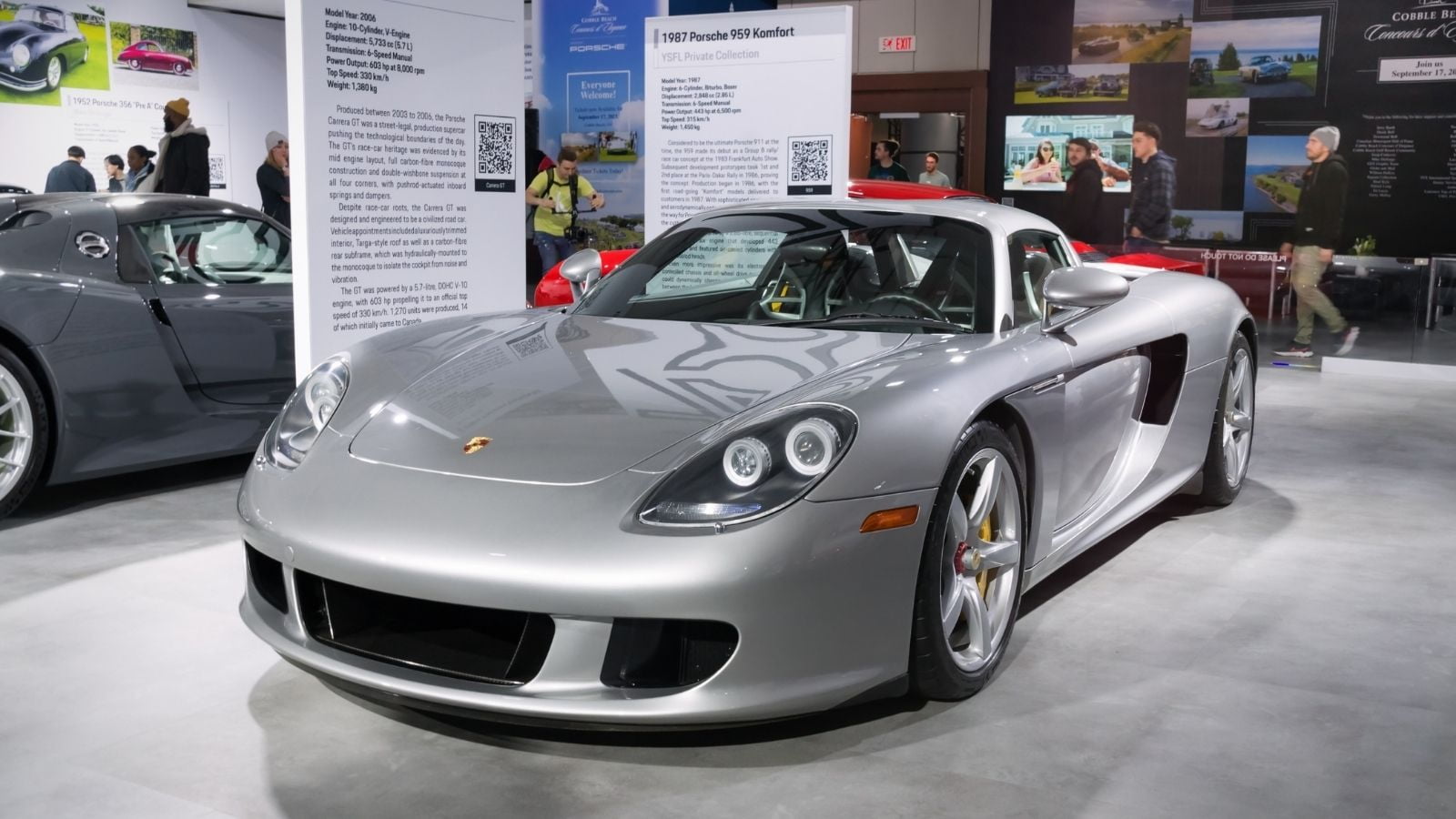
The Porsche Carrera GT is a masterpiece of engineering and a perfect example of how lethal precision can be. Released in 2004, it featured a 5.7-liter V10 engine derived from Porsche’s Formula One program, producing over 600 horsepower. What it didn’t have were electronic safety nets. No traction control, no stability systems, and no margin for error.
Its carbon-fiber chassis made it incredibly light and agile, but also unforgiving. The clutch was notoriously tricky, and the throttle response was immediate. Many owners found out the hard way that the Carrera GT’s limits were far higher than their own. Even professional drivers approached it with respect. Its balance, power, and purity made it one of the greatest supercars ever — and one of the deadliest if disrespected.
TVR Sagaris
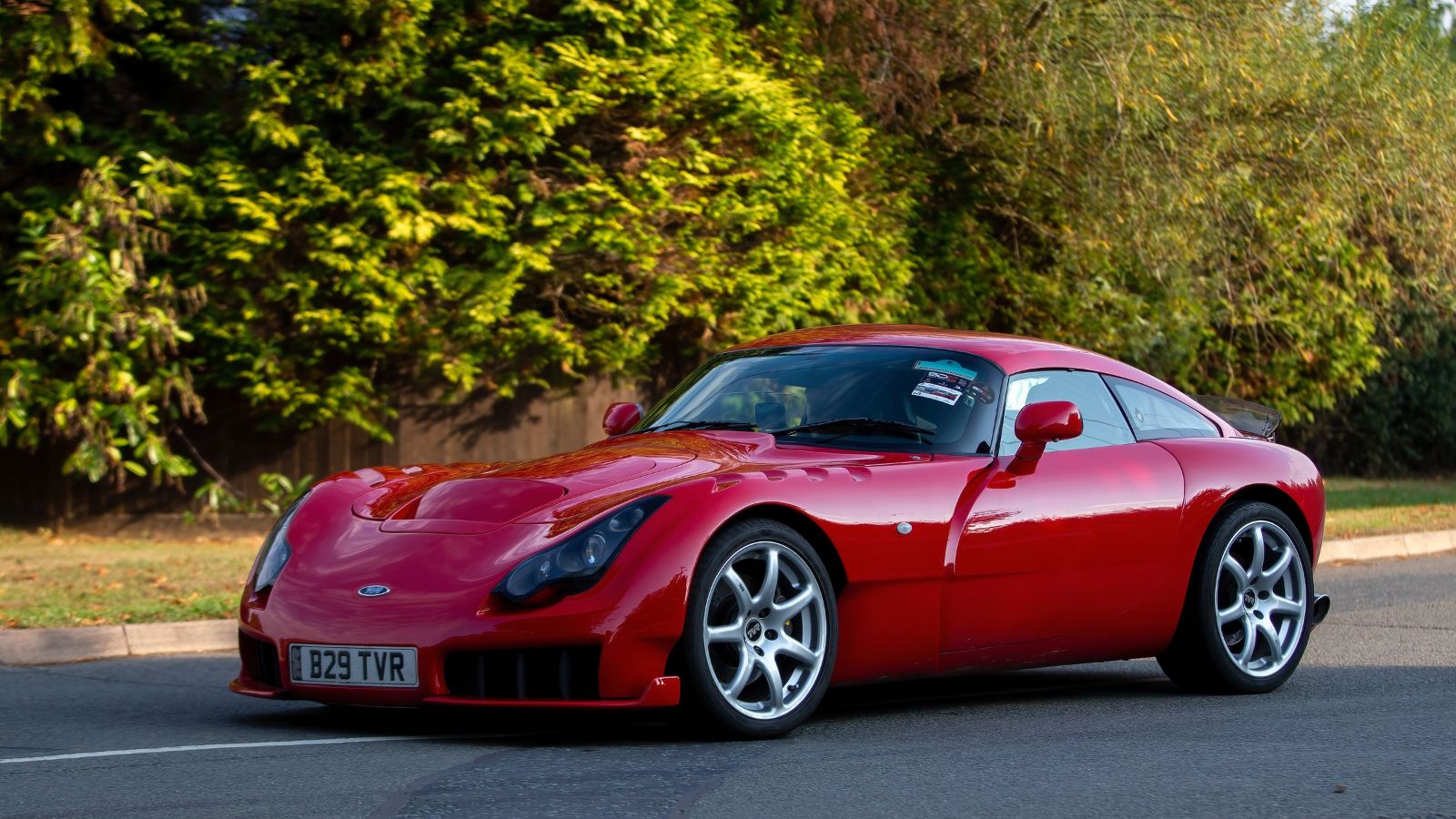
No list of dangerous cars would be complete without a TVR. The British brand built some of the most beautiful and terrifying sports cars ever to touch pavement, and the TVR Sagaris is the crown jewel of that madness. Released in 2005, it featured a 4.0-liter straight-six engine that produced over 400 horsepower, all sent to the rear wheels with no traction control or driver assistance of any kind.
The Sagaris was as unpredictable as it was exciting. Its lightweight fiberglass body and twitchy handling made it a handful, and its raw power demanded constant attention. It could thrill you one moment and terrify you the next. The lack of airbags, stability systems, or even ABS made it as close to a road-legal race car as possible. It remains a cult icon among enthusiasts who believe danger is part of the fun.
Noble M600
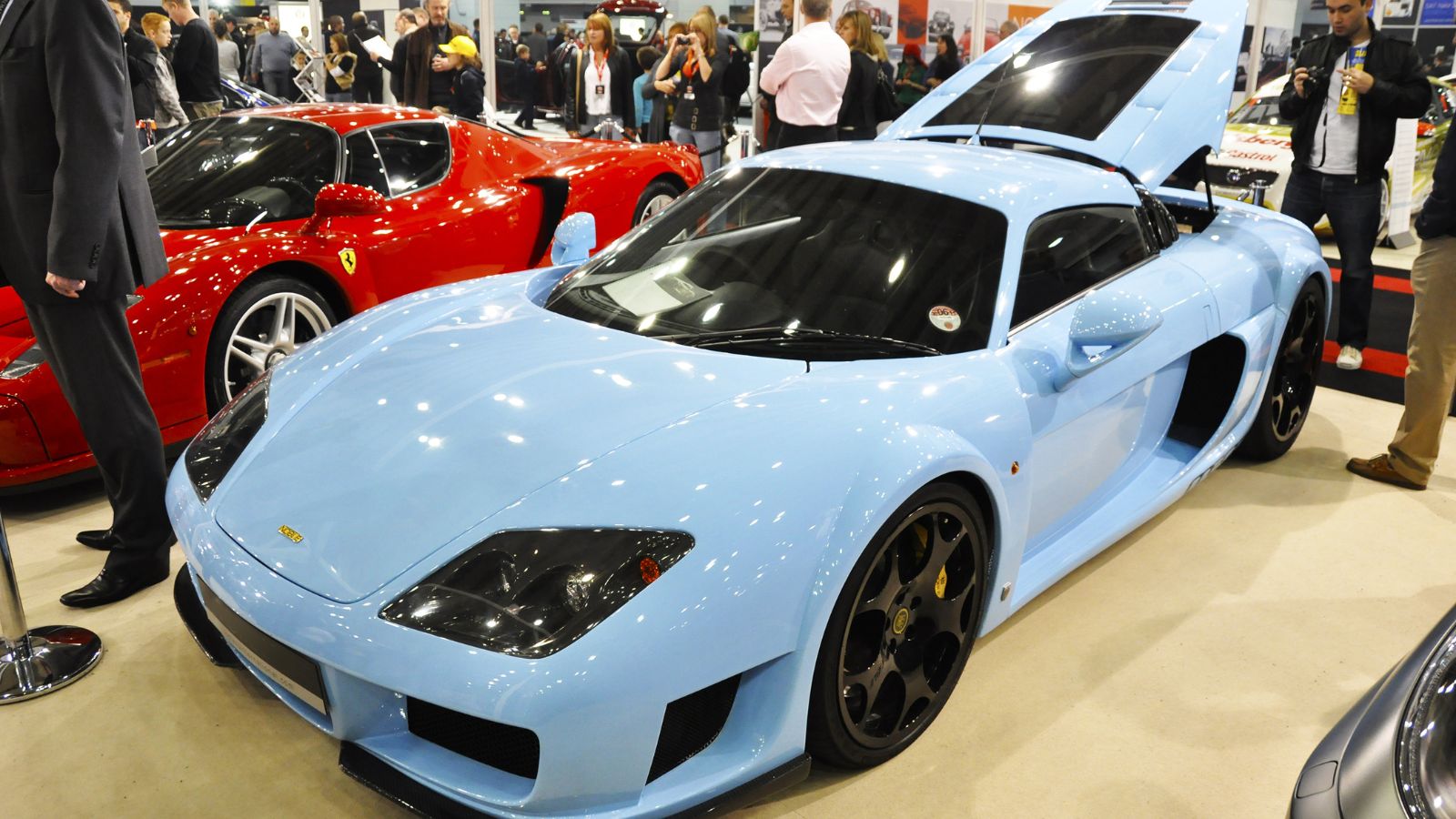
If the Carrera GT was dangerous in precision, the Noble M600 was dangerous in freedom. Built in the United Kingdom, it was powered by a twin-turbo 4.4-liter V8 that produced up to 650 horsepower. It came with almost no electronic safety systems — not even traction control, unless you pressed a hidden button to activate it. The result was a car that could go from calm to chaos in a heartbeat.
The M600 was all about driver involvement, with a lightweight chassis, manual transmission, and breathtaking acceleration. But it was also merciless. It demanded total respect, because every mistake was amplified by its power and lack of intervention. It’s one of the few modern supercars that still feels genuinely dangerous to drive, and that’s exactly why purists love it.
Chevrolet Camaro ZL1
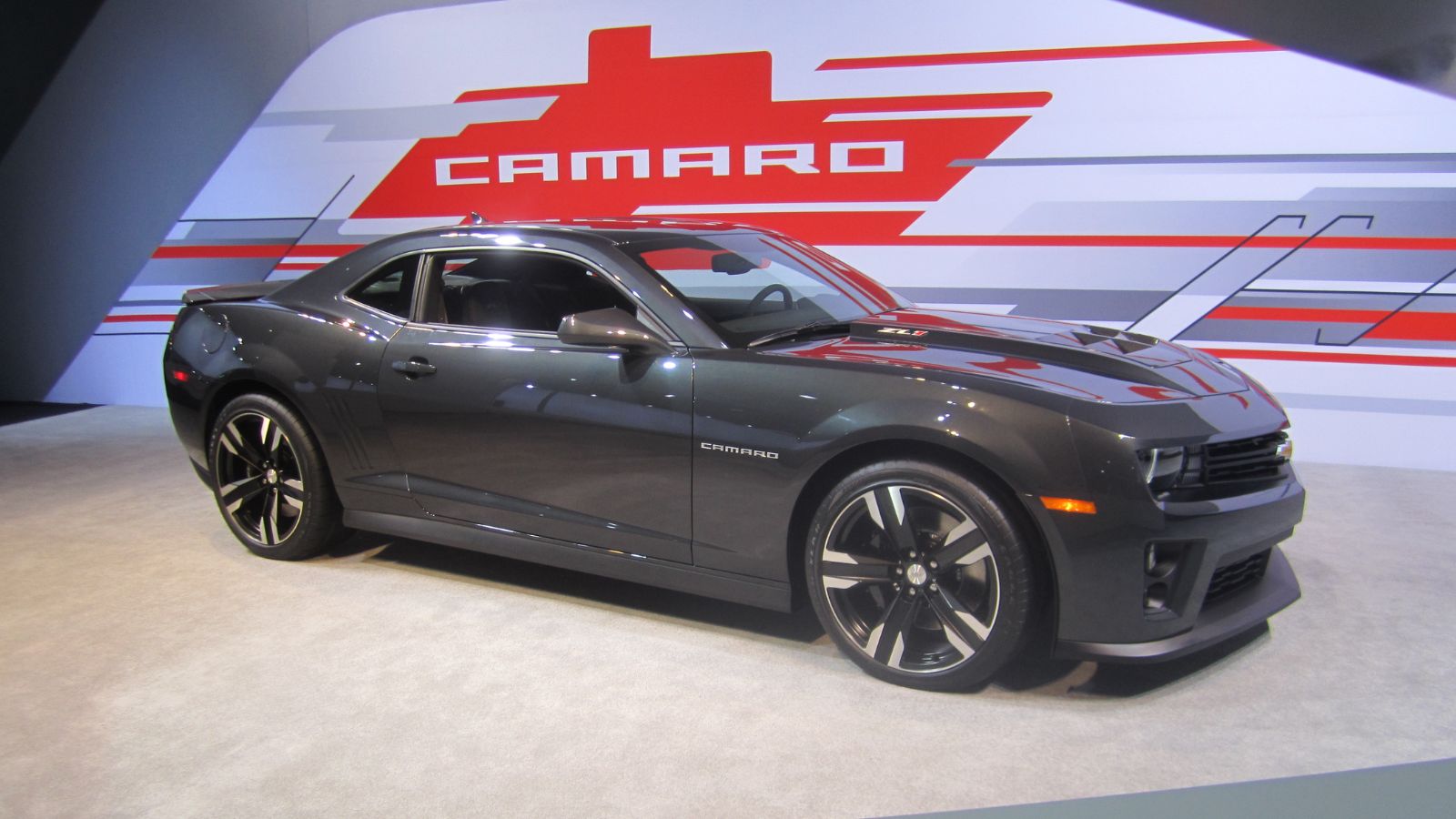
The Camaro ZL1 combines muscle car aggression with near-supercar performance. Its supercharged V8 engine produces over 650 horsepower, and its sharp handling makes it thrilling at the limit. But like many high-powered rear-wheel-drive cars, it can easily overwhelm inexperienced drivers. The rear end loves to dance, especially on cold tires or wet roads.
Visibility issues add to the danger. With a low roofline and thick pillars, judging corners and distances takes practice. The ZL1 is a masterpiece when driven with discipline, but it can punish carelessness in seconds. On a racetrack, it shines. On the street, it demands restraint.
Ford GT (2005)

When Ford revived the GT in 2005, it built a true modern supercar and one that didn’t hold your hand. With a supercharged 5.4-liter V8 producing 550 horsepower, it was brutally fast. But like the original 1960s GT40 that inspired it, it was also challenging to drive. Its rear-wheel-drive layout and explosive acceleration made it a handful, especially at high speeds.
There were no electronic aids to save you, no safety nets to catch a mistake. The GT demanded precision and focus at all times. Even seasoned drivers treated it with respect. It’s a car that feels alive, and like all living things, it can turn on you in an instant if mishandled.
When Power Becomes a Gamble
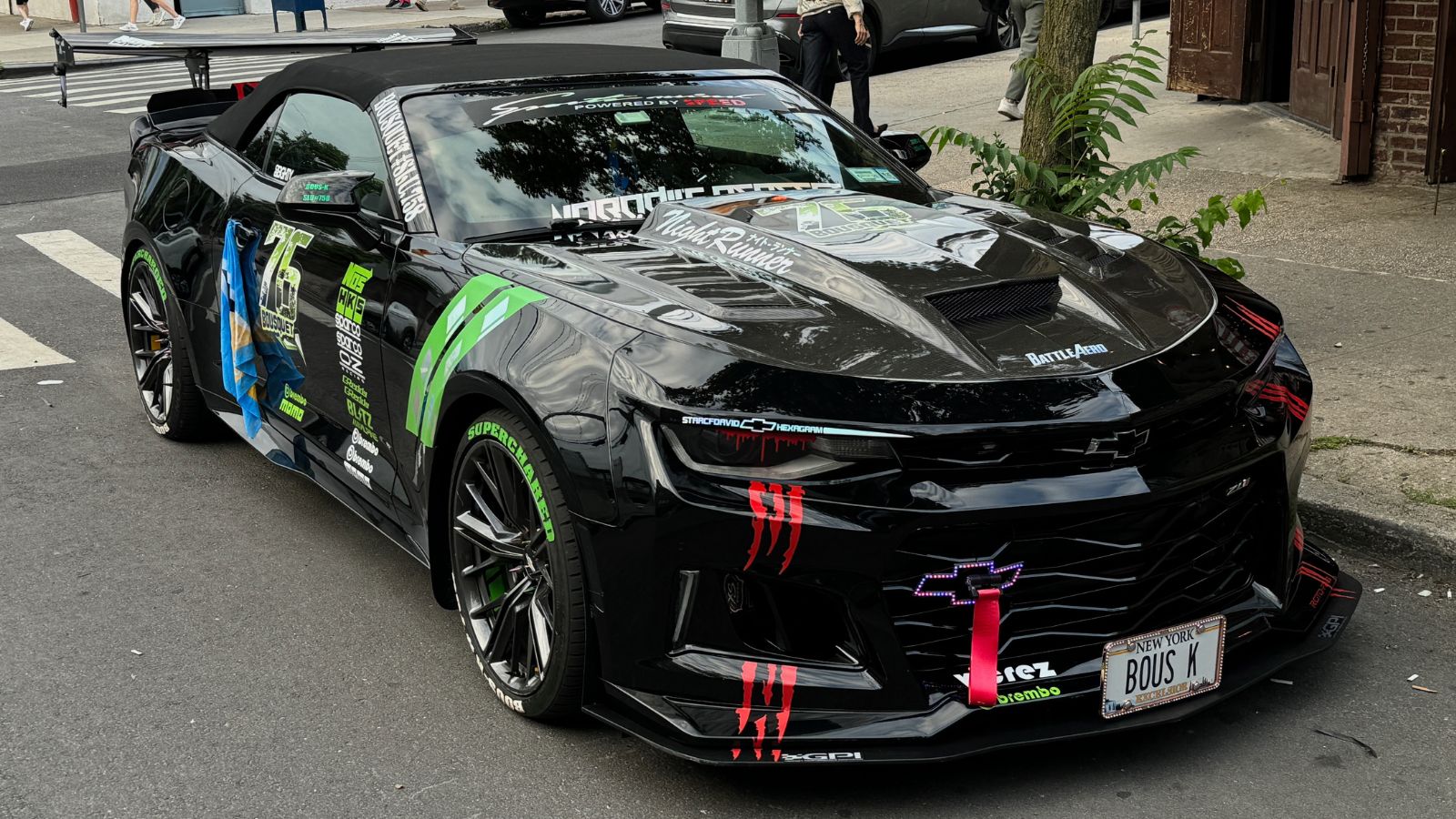
These cars represent the extremes of performance machines built for those who crave the thrill of danger and control. They aren’t inherently evil; they simply demand more skill than most drivers possess. Whether it’s the brutal force of the Viper, the razor-edge precision of the Carrera GT, or the lunacy of the TVR Sagaris, each is a reminder that power without caution can be catastrophic.
Technology has made modern cars faster and safer than ever, but these legends remain monuments to a time when driving was a true test of skill. They remind us that behind every great machine lies responsibility and that even the best cars can turn deadly in the wrong hands.
25 Facts About Car Loans That Most Drivers Don’t Realize

Car loans are one of the most common ways people fund car purchases. Like any other kind of loan, car loans can have certain features that can be regarded as an advantage or a disadvantage to the borrower. Understanding all essential facts about car loans and how they work to ensure that you get the best deal for your financial situation is essential. Here are 25 shocking facts about car loans that most drivers don’t realize:
25 Facts About Car Loans That Most Drivers Don’t Realize
